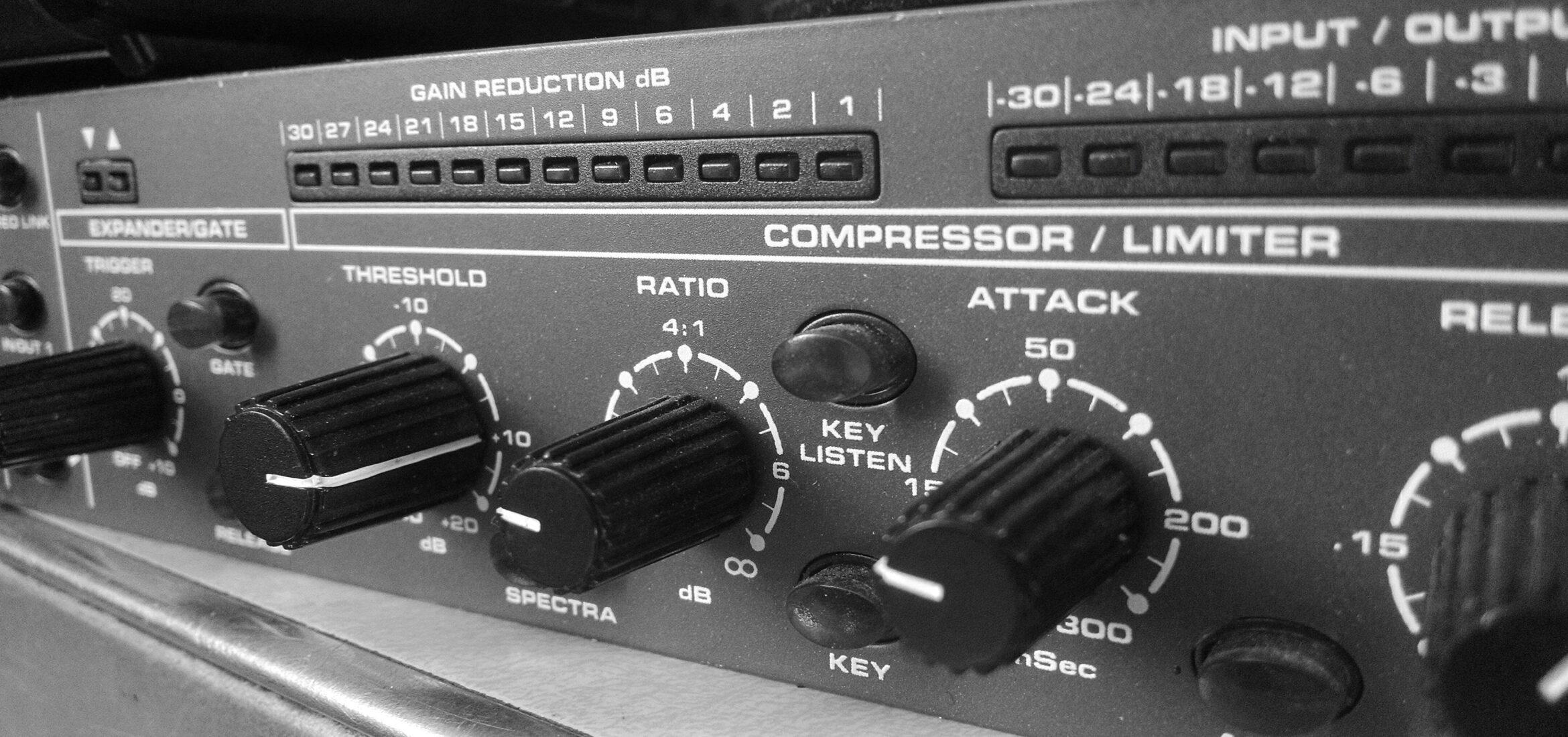The term ‘muddy’ is a very common word when it comes to audio. For those of you who aren’t aware of the term or perhaps don’t fully understand it, a definition is as follows. Mud typically refers to the frequency range of around 200-500Hz. However, it can also refer to a mix that sounds bloated, cluttered, and/or generally messy. Using the tips and tricks below, you can clean up and improve muddy mix in no time.
Microphone Placement
One of the first things to consider for those of you who are recording. Microphone placement can solve a huge amount of issues that can arise in post-production. Not just placement, but microphone choice as well. The proximity effect is known to boost and exaggerate low end and with sounds like bass guitars and vocals, this can lead to over-stacked low-mids. The way to solve these issues is to always give your microphones room to breathe. Let the audio waves propagate and gather a sense of space. This isn’t to say we want to stick dynamic microphones up like room mics, miles away from our amps. Just try allowing 2-3 inches between the capsule and the source. Get that sense of power without the signal being bloated.

Utilising Space in a Muddy Mix
Panning is a great way to clean up a muddy mix without having to sacrifice certain elements. If you’re experiencing clashing mixes that sound overly populated, try to make better use of your stereo field. Sometimes it can feel unnatural to pan things wide because it can result in unbalanced mixes. However, making clever use of space and panning elements of your mix using the centre point as a mirror can easily tidy things up.
The use of space isn’t just limited to left and right. We can also spread our sounds up and down using frequency range as well as backwards using reverb. Plan ahead with your compositions and try to avoid using lots of sound sources that will sit around the same frequency range. Equally, utilise a combination of dry and wet signals to generate a sense of depth within your mix.
Creating Contrast
A huge reason for many muddy mixes is the overuse of effects and resultant lack of contrast. If every element of your mix is hooked up to a multitude of different reverbs, it becomes difficult for the listener to gauge dry and wet. As a result, things tend to sound blurry and lose focus. Allowing elements to cut through your mix and being selective with your effects buses will help to provide clarity. Not only will it solve your muddy mix issues, but it will also allow you to draw attention to the correct areas of any song without the need for complex processing/effects chains to show off. Remember that sometimes, less is more.

Filtering out the Mud
One of the key things that I teach to new mix engineers is the concept of a filter/fader/pan pot mix. In order to keep people from becoming overwhelmed and overcomplicating mixes by reaching for every plug-in within the DAW, I enforce the practice of bare-bones mixing to fix as much as possible early on. This is a common practice for eliminating a muddy mix from the onset. It’s also a great tool for learning to get rough mixes down quickly.
In order to try this practice out, pull up raw stems from a recording session you’ve got to hand. Now, using nothing more than the faders, pan pots and low-pass/high-pass filters, attempt to create the best mix that you can. By limiting what you have available to work with, you will find you have to focus very hard on cutting away every ounce of an unnecessary signal as well as positioning each stem in its own pocket of the stereo field. Using this mix as a starting point is likely to result in far less work going forward as well as a more satisfying final product.
Subtractive EQ
Subtractive EQ is something I have talked about before. Proper utilisation of this tool can be a big time saver if it’s done early on. Not only that, it’s going to most likely be the biggest key to cleaning up a muddy mix. As I mentioned earlier, in terms of frequency, mud tends to be the region ranging from 200-500Hz. Typically, around 250-350Hz is likely to be the biggest culprit. Carefully carving away this range in your more dominant mix elements will do wonders on a mix.
However, be careful with this. As a general rule, our ears find this lack of low-mids more pleasing. As a result of this, the tendency is to get carried away. This leaves us with what I like to call the ‘Smiley face’ mix. This can be observed within a parametric EQ with a visual representation. Low frequencies and high frequencies sit noticeably above the mids, creating a U shape across the spectrum. Remove too much from your low-mids and you sacrifice power.

The Mute Method
Now we’ve covered some ways to eliminate mud, it seems prudent to cover a great way to identify it. Using the ‘Mute Method’ in your mixes will be a really simple way for you to not only hear but also eliminate unwanted mud. Most of us can identify excessive mud when we hear it but sometimes it can be tricky to define where it’s coming from. This is even more true when it’s quite a subtle amount that needs dealing with. To use the ‘Mute Method’, start by pulling up a muddy mix you’ve been having issues with. Go through each track one at a time, muting them out individually until you start to hear improvements in the low-mids. Hopefully, you’ll identify a track that to your ear improves the muddiness of the mix when muted. Now, you can un-mute the track, chuck a Parametric EQ onto the channel and cut away some 300-500Hz until you hear the same level of improvement. Repeat this throughout your entire mix until you’re completely satisfied with the balance.
TL;DR
A muddy mix is never a good result. They sound bloated and messy, not to mention unpleasant. Try to utilise the space given to you when mixing in stereo. Use panning, frequency range and depth to position the elements of your mix. Create clear contrasts between different sections. Make good use of filters and try to focus on subtractive EQ to remove any unwanted signal. Using analytic practises such as the Mute Method, you will learn how to identify and eliminate mud from your mixes. Follow these tips and the muddy mix will be a thing of the past!
À propos de l'auteur

Tim Dunphy
Ingénieur audio et rédacteur de contenu spécialiséPlus de 10 ans d'expérience dans le domaine de l'audio. Tout, de l'enroulement de XLR au mastering d'albums. Je suis un self-made-man et je garde mes actifs en bitcoins. Qu'y a-t-il de plus à savoir ?
Laisse un commentaire
Connecte-toi pour commenter.


